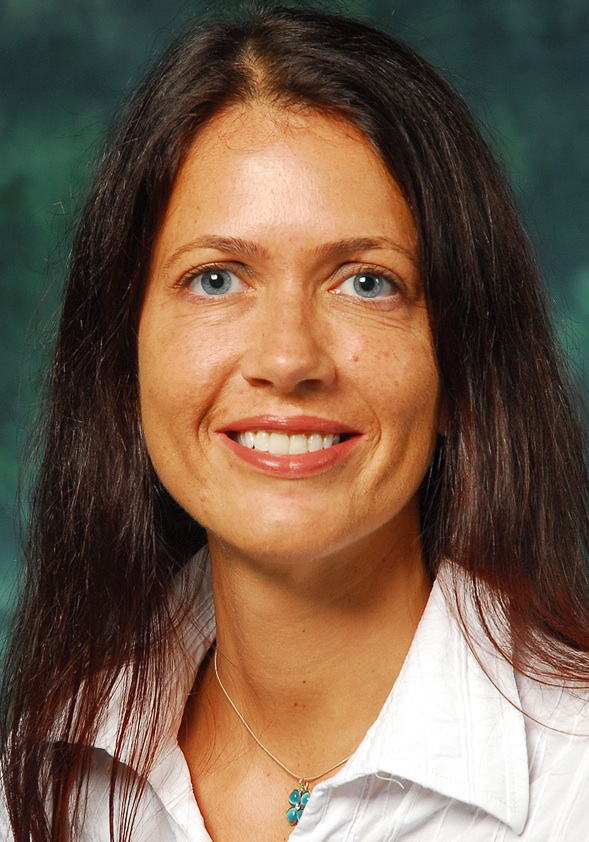The Ups and Downs of Word Embeddings - Rada Mihalcea

Abstract:
Word embeddings have largely been a "success story" in our field. They have enabled progress in numerous language processing applications, and have facilitated the application of large-scale language analyses in other domains, such as social sciences and humanities. While less talked about, word embeddings also have many shortcomings -- instability, lack of transparency, biases, and more. In this talk, I will review the "ups" and "downs" of word embeddings, discuss tradeoffs, and chart potential future research directions to address some of the downsides of these word representations
Bio:
Rada Mihalcea is a Professor of Computer Science and Engineering at the University of Michigan and the Director of the Michigan Artificial Intelligence Lab.
Her research interests are in computational linguistics, with a focus on lexical semantics, multilingual natural language processing, and computational social sciences. She serves or has served on the editorial boards of the Journals of Computational Linguistics, Language Resources and Evaluations, Natural Language Engineering, Journal of Artificial Intelligence Research, IEEE Transactions on Affective Computing, and Transactions of the Association for Computational Linguistics. She was a program co-chair for EMNLP 2009 and ACL 2011, and a general chair for NAACL 2015 and *SEM 2019. She is an ACM Fellow, a AAAI Fellow, and currently serves as Past President of the ACL. She is the recipient of a Sarah Goddard Power award (2019) for her contributions to diversity in science, and the recipient of a Presidential Early Career Award for Scientists and Engineers awarded by President Obama (2009).
Towards Neuro-Symbolic AI
Radu Grosu (TU Wien)
Joint work with
Ramin Hasani, Mathias Lechner, Alexander Amini, Daniela Rus and Tom Henzinger

Abstract:
A central goal of artificial intelligence is to design algorithms that are both generalisable and interpretable. We combine brain-inspired neural computation principles and scalable deep learning architectures to design compact neural controllers for task-specific compartments of a full-stack autonomous vehicle control system. We show that a single algorithm with 19 control neurons, connecting 32 encapsulated input features to outputs by 253 synapses, learns to map high-dimensional inputs into steering commands. This system shows superior generalisability, interpretability and robustness compared with orders-of-magnitude larger black-box learning systems. The obtained neural agents enable high-fidelity autonomy for task-specific parts of a complex autonomous system.
Bio:
Radu Grosu is a full Professor, the Head of the Cyber-Physical-Systems Division, and the former Head of the Computer-Engineering Institute, at the Faculty of Informatics, Technische Universität Wien, Austria. Radu Grosu is also a Research Professor at the Department of Computer Science, of the State University of New York at Stony Brook, USA. The research interests of Radu Grosu include the modeling, the analysis and the control of cyber-physical systems and of biological systems. The applications focus of Radu Grosu includes smart-mobility, Industry 4.0, smart-buildings, smart-agriculture, smart-health-care, smart-cities, IoT, cardiac and neural networks, and genetic regulatory networks.
Radu Grosu is the recipient of the National Science Foundation Career Award, the State University of New York Research Foundation Promising Inventor Award, the Association for Computing Machinery Service Award, and is an elected member of the International Federation for Information Processing, Working Group 2.2.
Before receiving his appointment at the Vienna University of Technology, Radu Grosu was an Associate Professor in the Department of Computer Science, of the State University of New York at Stony Brook, where he co- directed the Concurrent-Systems Laboratory and co-founded the Systems-Biology Laboratory. Radu Grosu earned his doctorate (Dr.rer.nat.) in Computer Science from the Faculty of Informatics of the Technical University München, Germany. He was subsequently a Research Associate in the Department of Computer and Information Science, of the University of Pennsylvania, an Assistant, and an Associate Professor in the Department of Computer Science, of the State University of New York at Stony Brook, USA.